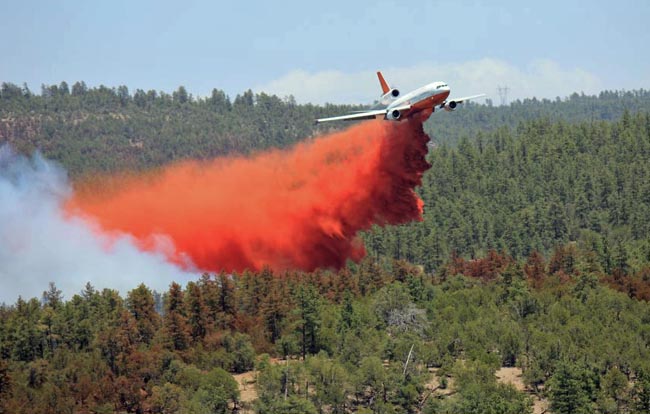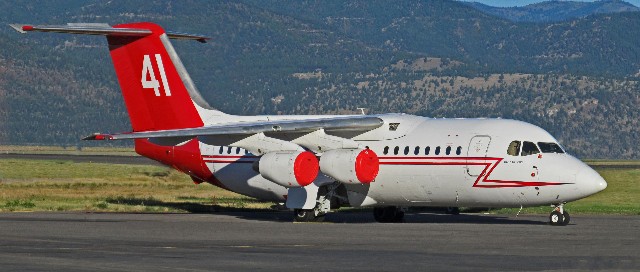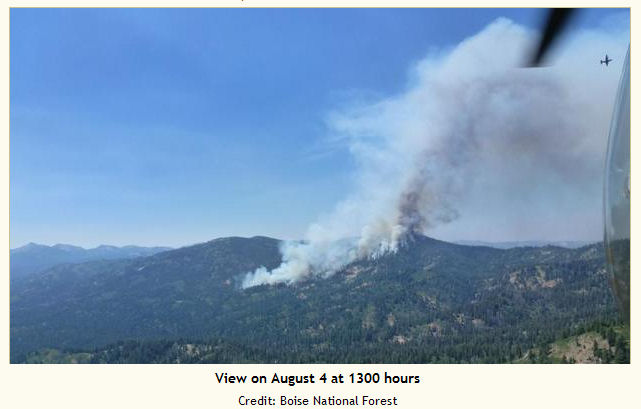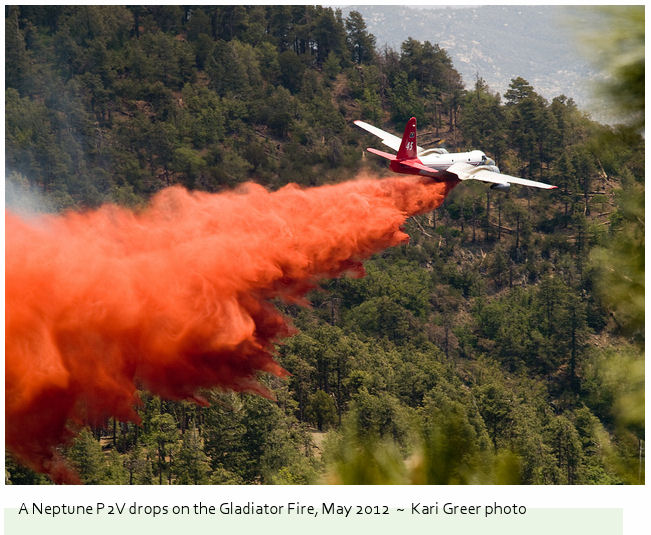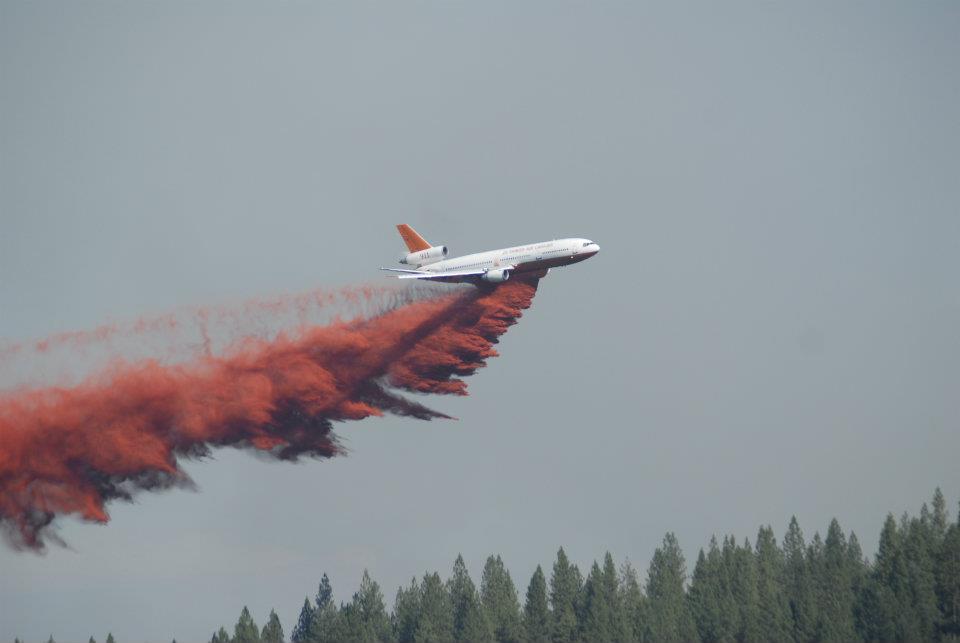The Elko Daily Free Press reported that the 16,000-acre Willow Fire is now the main priority for the BLM’s Elko district. It’s burning north of Battle Mountain; resources on the fire include one of 10 Tanker Air Carrier’s DC-10 aircraft.
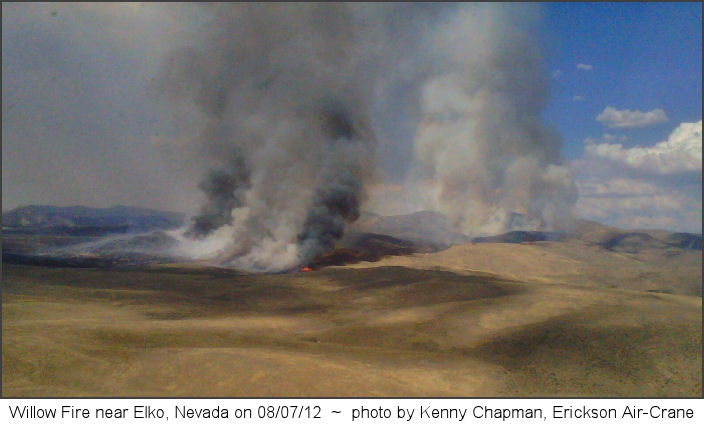 Most of the fires in Nevada have not been updated on Inciweb since the middle of July, except for the Lake Fire Complex, which comprises the 162-acre Lake Fire and the 42-acre Murphy Fire on the Bridgeport District of the Humboldt-Toiyabe National Forest. Those fires are just south of Wellington, Nevada, and north of Bridgeport, California. The fires started early Sunday afternoon; both are at about 80 percent containment.
Most of the fires in Nevada have not been updated on Inciweb since the middle of July, except for the Lake Fire Complex, which comprises the 162-acre Lake Fire and the 42-acre Murphy Fire on the Bridgeport District of the Humboldt-Toiyabe National Forest. Those fires are just south of Wellington, Nevada, and north of Bridgeport, California. The fires started early Sunday afternoon; both are at about 80 percent containment.
 The Elko Daily Free Press reported on Monday that 11 major fires were burning in north and central Nevada. A 7,000-acre fire southeast of Alamo was at zero containment, another north of Battle Mountain was at 5,000 acres, and a 3,000-acre fire near there was threatening structures. East of Denio, another fire had reached 3,000 acres.
The Elko Daily Free Press reported on Monday that 11 major fires were burning in north and central Nevada. A 7,000-acre fire southeast of Alamo was at zero containment, another north of Battle Mountain was at 5,000 acres, and a 3,000-acre fire near there was threatening structures. East of Denio, another fire had reached 3,000 acres.
According to the newspaper report, smaller fires were active 31 miles northwest of Winnemucca, 20 miles northwest of Battle Mountain, 22 miles southeast of Winnemucca, 5 miles southeast of Winnemucca, 25 miles southwest of Winnemucca, 55 miles northwest of Winnemucca, and 65 miles northwest of Winnemucca.
The fires were started Sunday afternoon by lightning.
The 20-Mile Fire northwest of Montello likely won’t be aggressively fought from the ground because thunderstorms and heavy rain in steep terrain last month made entry to the fire area impossible. According to fire managers, mopup, rehab, and demob have been delayed by impassible roads. The fire is 98 percent contained at just over 13,000 acres.

